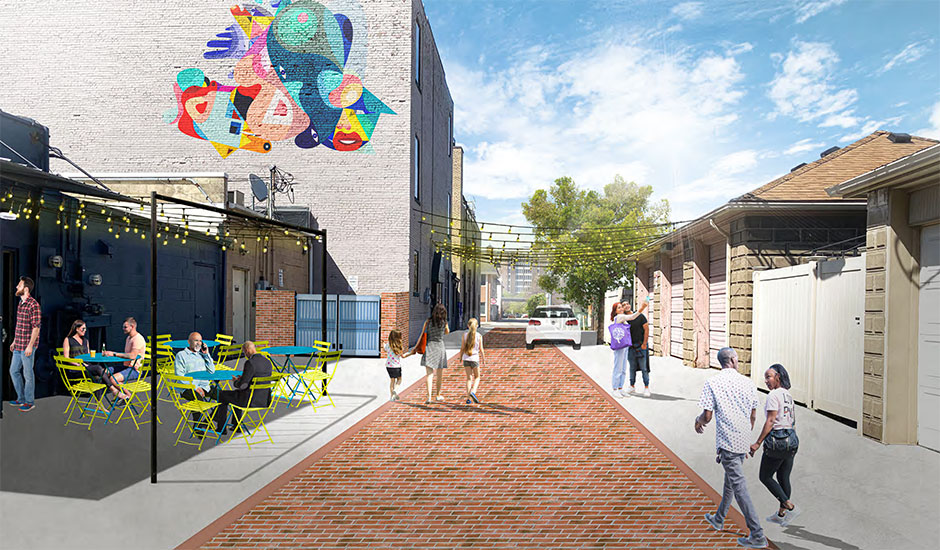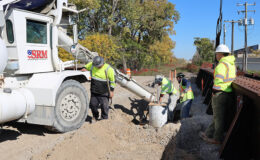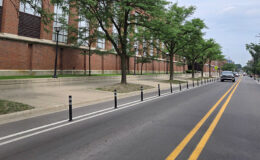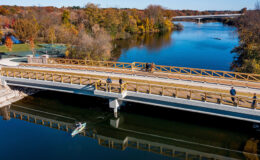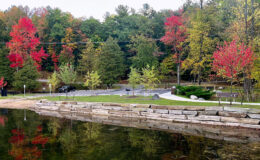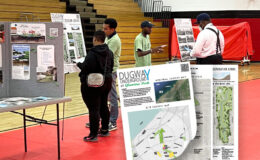Improving utilization of underappreciated public spaces is a major goal of the City of Wyandotte Downtown Development Authority’s (DDA) Capital Improvement Plan. Coming out of the COVID-19 pandemic, the DDA is planning to invest in upgrading alleys, parking lots, and non-motorized connections to support business and connectivity with residential neighborhoods. Their $12-million capital program aims to improve these spaces by reconstructing alleys and parking lots and burying overhead utilities. Wade Trim facilitated a series of public meetings, provided preliminary cost estimates and GIS mapping support, and developed preliminary design of potential solutions for the DDA’s plan. These services are continuing through the development of financing plans and pursuit of external funding through Wade Trim’s FundingScout services.
Preliminary design and public engagement is funded by a Design and Access Grant from the Ralph Wilson Jr. Foundation through the Community Foundation for Southeast Michigan and a Diversity and Equity in Transportation Planning Grant from the Southeast Michigan Council of Governments (SEMCOG). This initial investment allowed the DDA to develop a better understanding of capital program costs, identify potential funding sources, pursue grants, and evaluate revenue options. Wade Trim developed a project revenue model based on future DDA revenues, including Brownfield Tax Increment Financing revenues for a planned redevelopment project anticipated to generate $2.6 million.
With sewers estimated up to 80 years of age, the DDA is evaluating the use of green infrastructure improvements to better manage stormwater. Aside from keeping stormwater out of the City’s combined sewer system, the project team focused on aesthetically pleasing elements, such as permeable pavers and rain gardens, to fit the DDA’s vision for public spaces. These components also open avenues to additional state and federal funding sources.
An initial public stakeholder meeting was held in March 2022 to present potential design solutions and amenities to business owners, residents, and members of the public. Participants engaged in a series of exercises to identify assets and gaps in alleys and parking lots serving downtown. Design concepts were shared to promote feedback on landscape architecture, public art, and public space activation. This input was used to inform preliminary designs developed by Wade Trim, which were presented to the DDA and public at a meeting in June 2022.
Wade Trim continues to work with the DDA to refine funding strategies and project planning. Construction of capital program projects is planned over the next 4 years.

